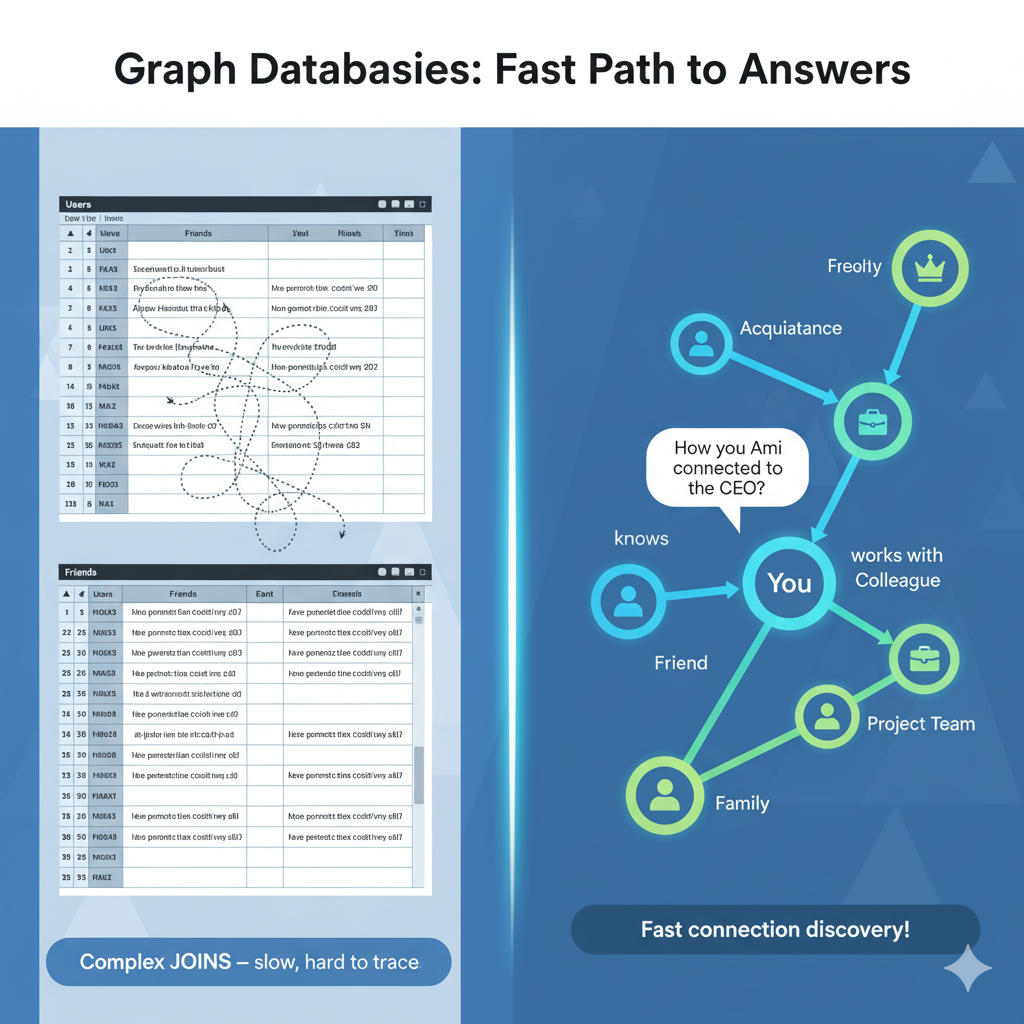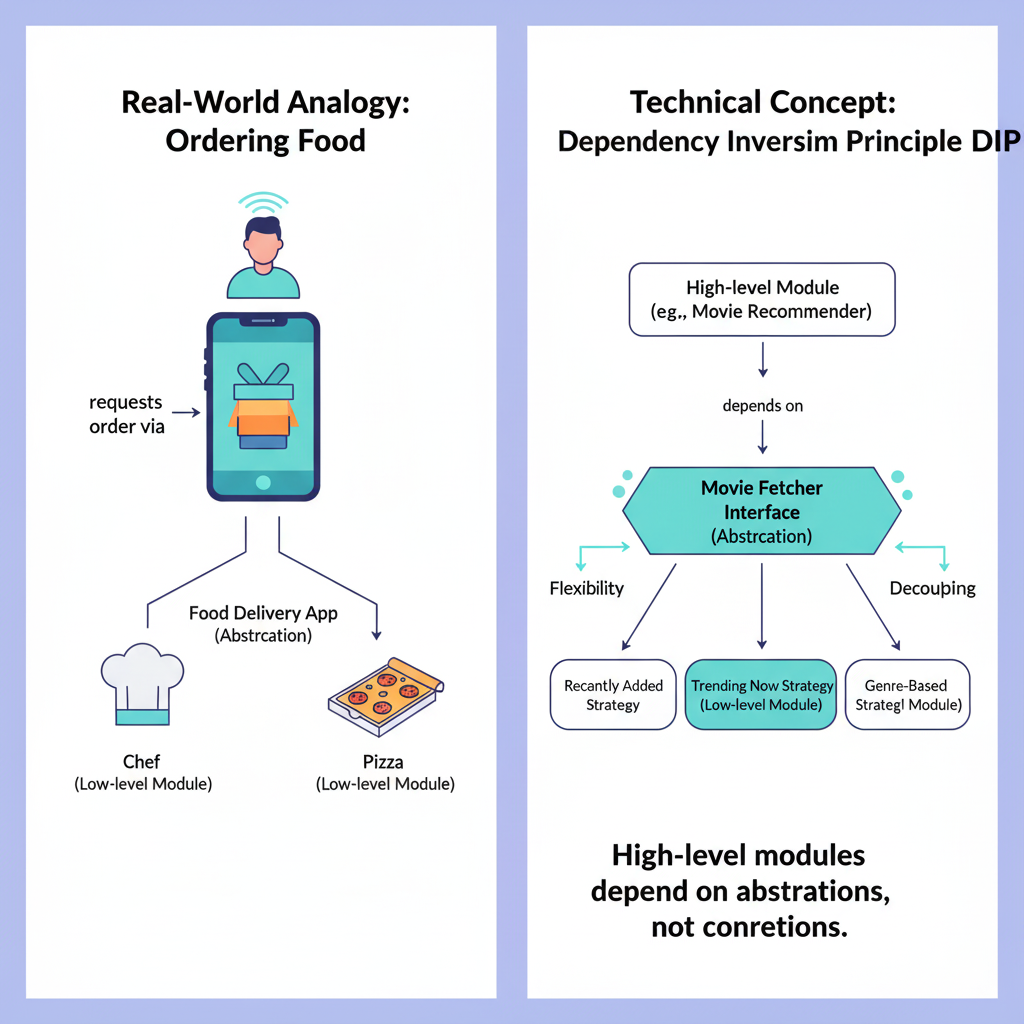When an AI creates a stunning image or a song, who do you believe deserves the credit?
The Spotlight
Made in India, Built for the World: Zoho’s Ulaa & Arattai Challenge Chrome & WhatsApp
Indian tech giant Zoho has launched Ulaa, a privacy-focused web browser, and Arattai, a messaging app, aiming to offer Indian users alternatives to Chrome and WhatsApp. This reflects the country’s growing emphasis on homegrown digital solutions.
Ulaa browser provides tracking protection, multiple user modes, and Chromium-based compatibility, while Arattai offers texting, voice/video calls, and media sharing, targeting privacy-conscious users and businesses alike.
These launches mark India’s gradual push to strengthen its digital ecosystem, encourage local innovation, and reduce dependency on global tech giants.
The News
Anthropic launches Claude Agent SDK for building versatile AI agents
Anthropic introduced the Claude Agent SDK, expanding its capabilities beyond coding to enable building versatile agents for tasks such as finance management and customer support. This SDK equips agents with tools for context gathering, executing tasks, and iterating based on feedback, optimising workflows through features like bash scripting and subagents.
Read more
----------------------------
Apple Built ChatGPT-Like App Called Veritas to Test New Siri
Apple developed an internal ChatGPT-style app code-named "Veritas" to test the revamped Siri powered by its "Linwood" LLM system. The employee-only app handles complex conversations and tests features like personal data searches and in-app actions.
Read more
----------------------------
OpenAI rolls out payment feature for shopping:
Instant Checkout lets US ChatGPT Pro users purchase Etsy products directly in their chat. Shoppers no longer need to leave the app to complete a purchase. The system, built with Stripe, allows merchants to connect their stores to ChatGPT, while buyers can confirm payment and shipping in just a few taps.
See it here
The Toolkit
Base44: AI dev agency that builds full software products, it lets you build fully-functional apps in minutes with just your words.
Try it out!
Genspark: All-in-One AI Workspace, used to automate complex, multi-step tasks for content creation, research, and communication by creating custom agents.
Explore!
Try it out!
The Topic
The Quick Bytes
-
AI passes elite finance exam in minutes, OpenAI’s o4-mini scored 79.1% on CFA Level III, above the 63% passing mark.
- Claude Sonnet 4.5 is the best coding model in the world — by Anthropic
- Sora 2 is more physically accurate, realistic, and more controllable than prior systems. It also features synchronized dialogue and sound effects.
-
Accenture cuts 11k jobs it can't retrain in the age of AI — but it still plans to hire more people
- Elon Musk’s xAI will sell its chatbot Grok to the U.S. federal government for just 42 cents, undercutting OpenAI and Anthropic.
- Perplexity launched a Search API giving developers access to its infrastructure that indexes hundreds of billions of web pages.
The Resources
-
[Github Repo] Claude Agent SDK: A curated directory for discovering trusted MCP servers — simplifying installation and enhancing interoperability for AI developers. Read more
- [OpenAI Developer] Model Optimizsers: Learn fundamental optimization concepts, explore practical techniques like fine-tuning and distillation, and apply best practices to ensure your models deliver reliable results. Learn here
- [Research Paper] Measuring the performance of our models on real-world tasks: a new evaluation that measures model performance on economically valuable, real-world tasks across 44 occupations. Open AI paper
The Concept
Dependency Inversion Principle
Ever feel like your code is a house of cards, where changing one small thing makes everything else tumble? The Dependency Inversion Principle (DIP) is the architectural secret to building stronger, more resilient software. Instead of high-level modules directly bossing around low-level ones, DIP insists they both communicate through a neutral intermediary, or "abstraction."
Think of it like ordering a pizza. You use a food delivery app (the abstraction), not call the chef directly (the low-level detail). You don't care who the chef is or how they make the pizza; you just trust the app to handle the process. This "inversion" of control is revolutionary because it decouples your code. The main engine of your application doesn't need to be rewritten every time you want to swap out a smaller component, like a payment processor or a notification service.
By depending on abstractions, not concrete details, you create a system that’s flexible, easier to test, and ready for future upgrades without a complete overhaul.
Thank you for reading The TechX Newsletter!




